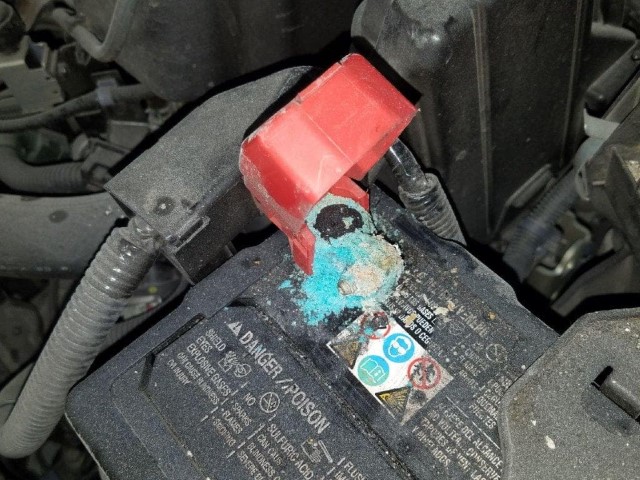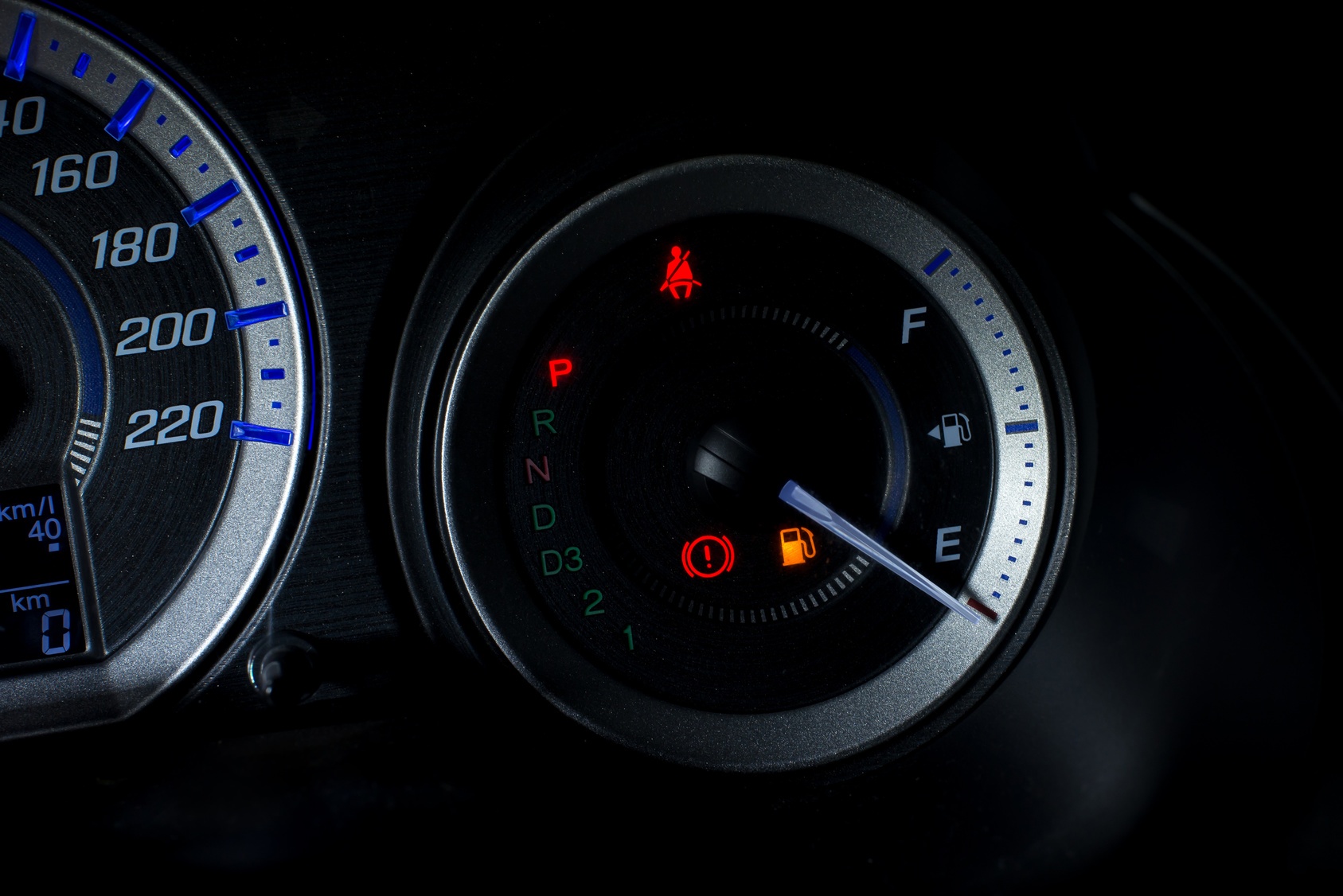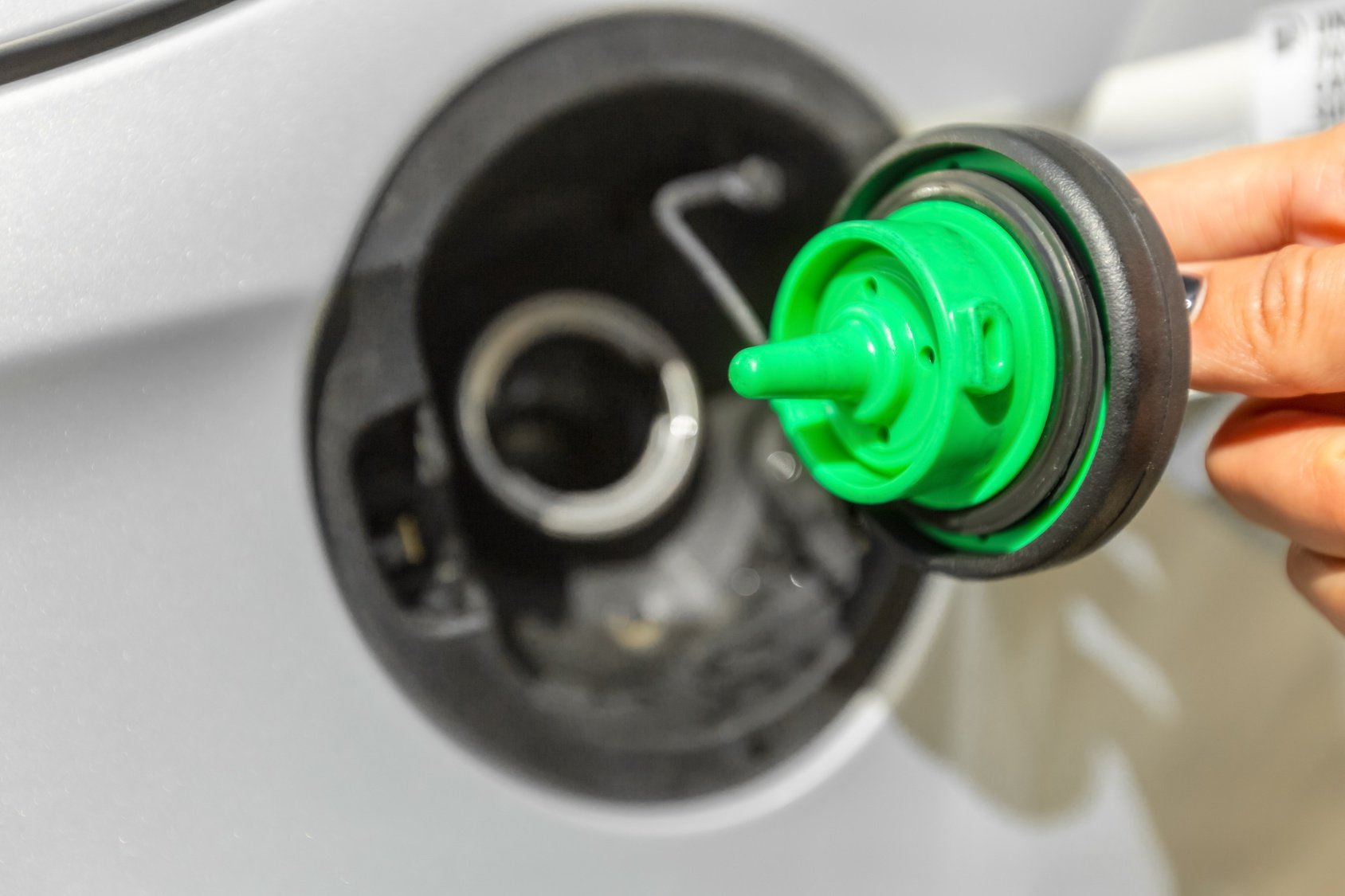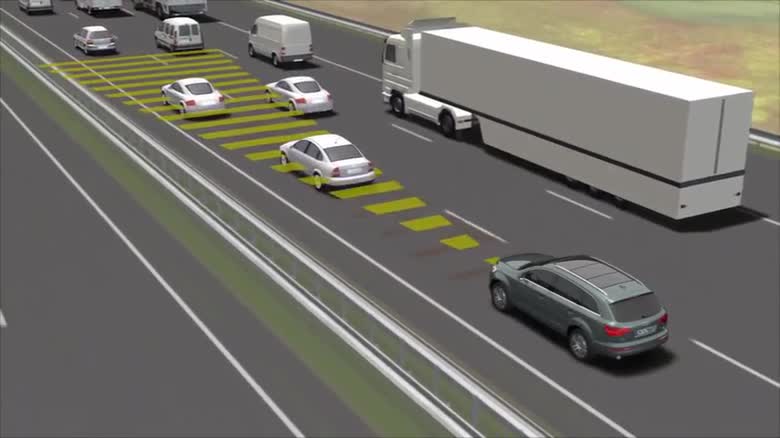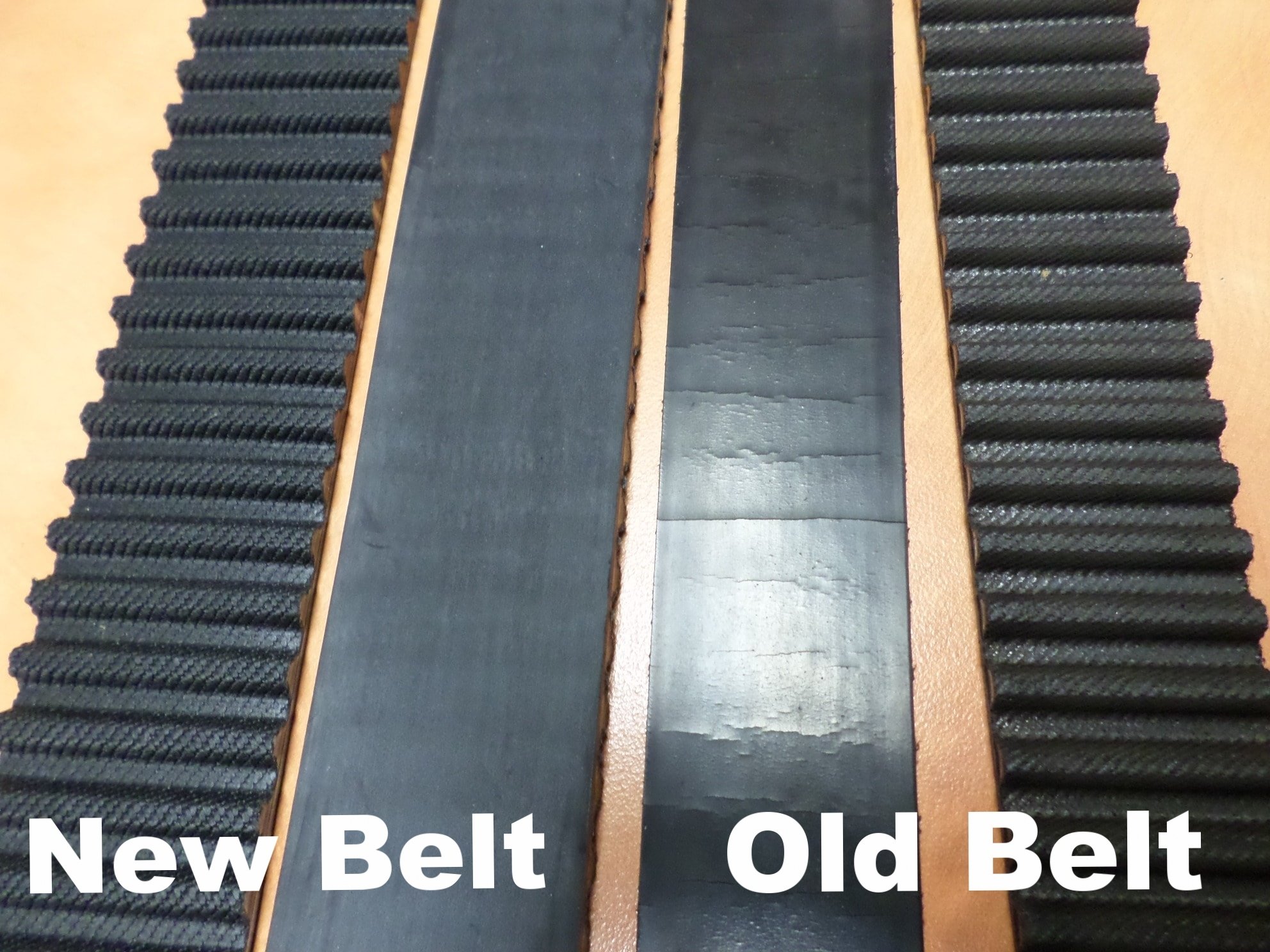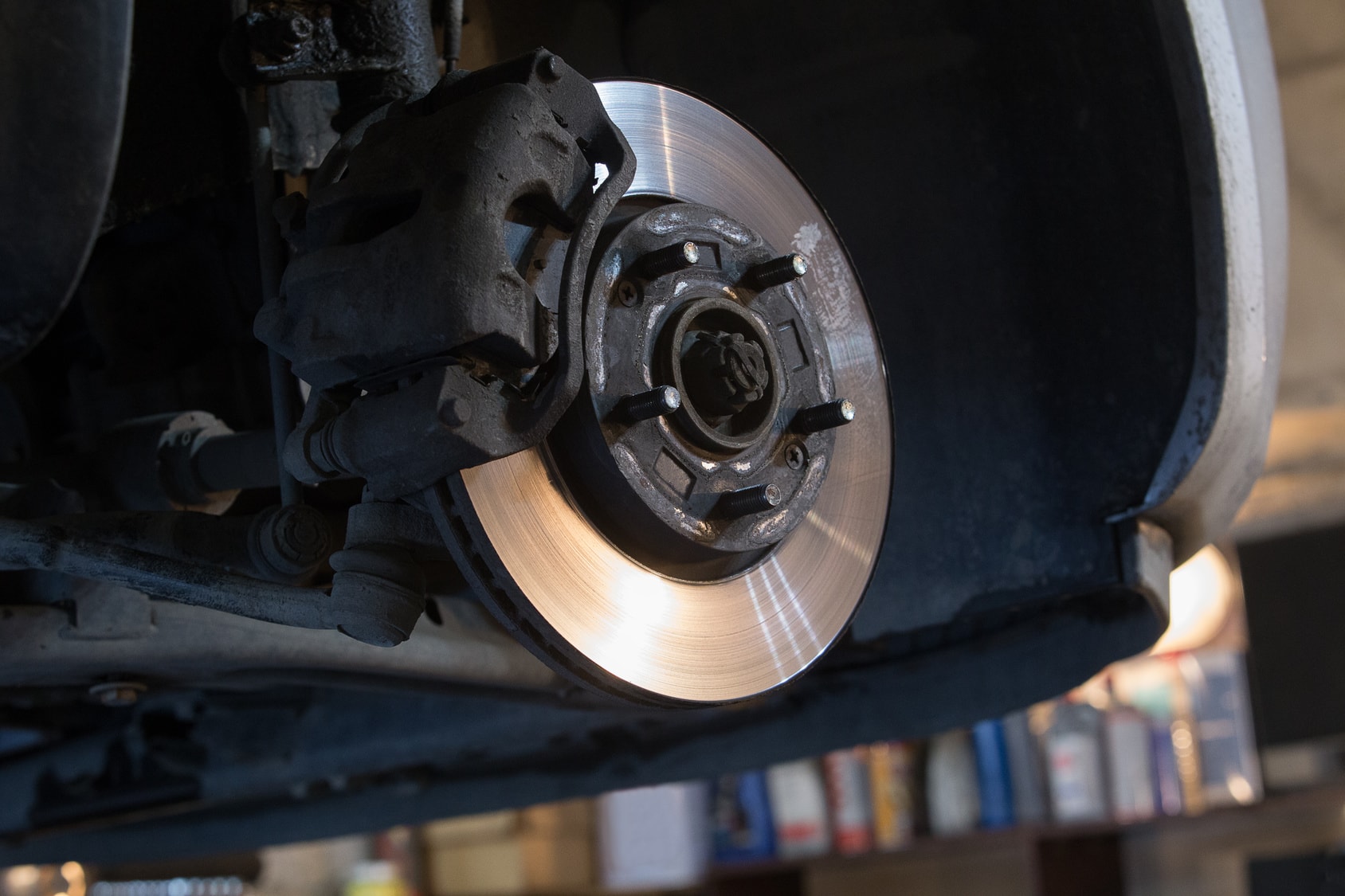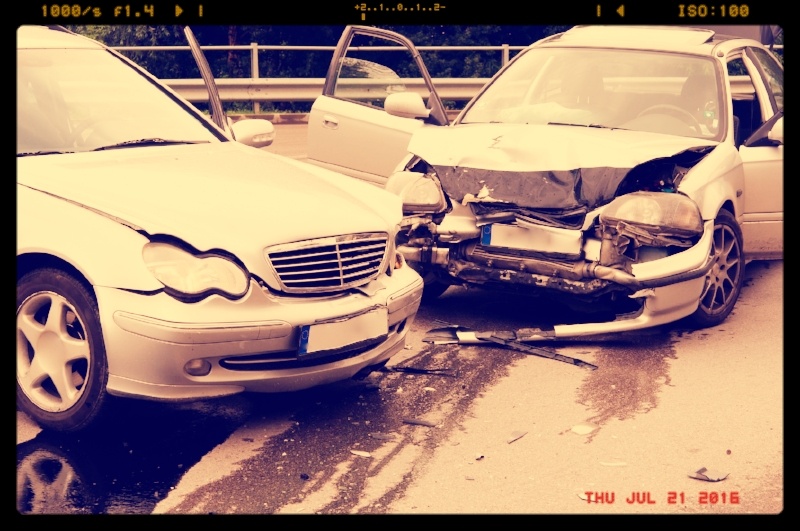As the weather gets colder, your battery has to work harder to start your vehicle. If all the connections are clean and tight, enough current will flow to start the car every time. If, however, there is corrosion or loose connections, it can impede current flow, resulting in not getting enough juice to the starter to turn the engine. Corrosion is the worst enemy of the starting system. Aside from increasing the resistance in the battery cables, dirt and corrosion on the battery become a conductor that can suck power out of the battery.
Dirk Owens
Recent Posts
Squeezing every last drop out of your gas tank before filling up is tempting but in an effort to save a little time you may be causing damage to your fuel pump. Fuel pump installations on domestic vehicles costs from $600-$800 and European models $1000-$1200.
Topics: Car Repair, Fuel System
While reviewing customer vehicle repair paperwork recently, I came across a recurring problem. I found a number of check engine light codes for “Large Evaporative System Leak”. The gas tank is a sealed system that prevents fumes from escaping. The fuel in the tank needs room to expand as temperatures rise and so it is circulated through a charcoal filter and is burned in the engine. Gas fumes create ozone pollution when combined with sunlight. Before the 1980s, the fumes were vented to the air by a vent hole in the gas cap.
Topics: Car Repair, Check Engine Light
Topics: Automotive News, Auto Insurance
Most light duty vehicle engines have a timing belt, though some have timing chains. The purpose of the timing belt is to time the movement of the valves with the pistons. For instance; on the intake stroke the intake valve opens while the piston moves down, sucking in an air/fuel mixture. Next the compression stroke as the piston moves up with all valves on that cylinder closed, compressing the air fuel mixture to about 1/10 of its original volume. Next the spark plug ignites the mixture creating the power stroke and pushing the piston downward. On its next trip back up, the exhaust valve opens, letting the burned gas be pushed into the exhaust system. In a 6 cylinder engine, this happens 6 times for every RPM.
Topics: Timing Belt
2017 J. D. Powers US Vehicle Dependability Study Boiled Down
Posted by Dirk Owens on Mar 23, 2017 5:24:30 PM
The latest J. D. Power reliability study was just published. The study was performed in the fall
and winter of 2016 relating to 3 year old vehicles (2014 models). The study examined 177
specific problems in 8 major categories occurring in the previous 12 months.
Topics: Automotive News
How do you know you have faulty brakes on your vehicle? Symptoms include; less responsiveness or pedal sinking toward the floor, pulling to one side while braking, grinding or growling and vibration or pulsating brake pedal.
Topics: Brakes, Inspection, Driving Safey
Why is a wheel alignment important?
Driving on asphalt is like driving on sand paper and you want your wheels to be pointing straight to minimize tread wear. Misalignment causes the wheels to scuff rather than roll freely. This will affect your steering and suspension, more importantly; it could affect handling and the life of your tires.
Topics: Alignment, Automotive News, Tires
Colorado Insurance Rates Increase and Denver’s Drivers Among the Worst
Posted by Dirk Owens on Jul 25, 2016 10:07:44 AM
Average auto insurance rates in Colorado have increased 15% over 2015 according to Carole Walker of the Rocky Mountain Insurance Information Association in an interview on CBS Denver 4 last month, adding that Insurance Companies are having a hard time keeping up with payouts in the state. There are numerous reasons for this. Colorado metro areas have been hit with major hail storms three years in a row. Colorado is second in the nation for hail claims and also second for increase in accident repair costs because of severity. 2015 was the deadliest year on Colorado highways since 2008.
Topics: Auto Insurance
Ask Our Automotive Experts
Reach out to us regarding your car repair, service or collision repair questions. Use the comment form below.

